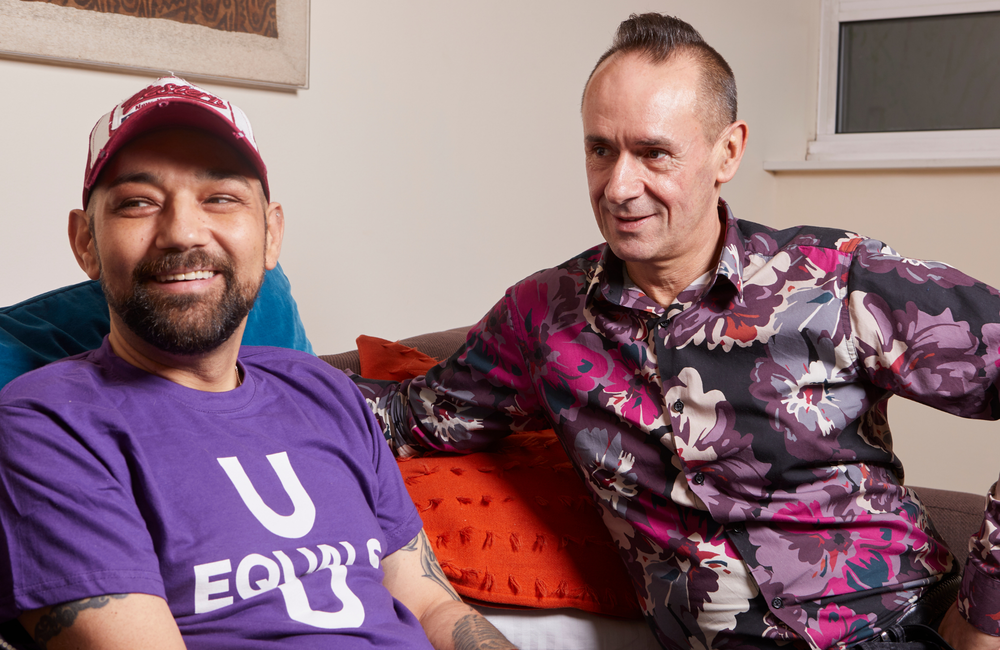
HIV transmission between gay and bisexual men in England has fallen dramatically since 2013 and if the trend continues, new HIV infections could become a rare event within a decade, say researchers from the Medical Research Council, the University of Cambridge and Public Health England.
Scaling up HIV testing and HIV treatment were the key factors behind this success. Infections were already falling rapidly before the HIV prevention medication PrEP was widely used in England.
The HIV statistics that we hear most often relate to new diagnoses (people who test positive in a clinic). The problem with looking just as diagnosis figures is that they include both people who became HIV positive in that year and also people who had had the virus for several years without realising it. This makes it harder to track how the epidemic is changing and the impact of policies (like making PrEP available). To get around this, the researchers used sophisticated methods to estimate the numbers of gay and bisexual men who were infected with HIV each year.
This shows that the peak of infections among gay and bisexual men in England occurred in the first half of 2013. The researchers estimate 2770 infections in 2013, 1740 in 2015 and 850 in 2018.
The key factors behind the falls were increased rates of HIV testing in gay men (tests tripled between 2010 and 2018), and a big increase in the proportion who started treatment very soon after diagnosis. (Among young gay men, average time from diagnosis to treatment was three years in 2008, but less than one month in 2018). People who take treatment and have an undetectable viral load cannot pass on the virus.
PrEP most likely helped prevent new infections from 2016 onwards. As use of it continues to grow, we can expect that it may make a greater contribution in the coming years.
If trends continue, new HIV infections could become a rare event in the gay population. Global health bodies have set a target of only one HIV infection in 10,000 people per year by 2030. The researchers say there is a 40% chance that England will hit this target in gay and bisexual men. Given that there are about 475,000 HIV-negative gay and bisexual men in England, this would imply only 80 new cases of HIV per year.
Get more information about an undetectable viral load and PrEP.
